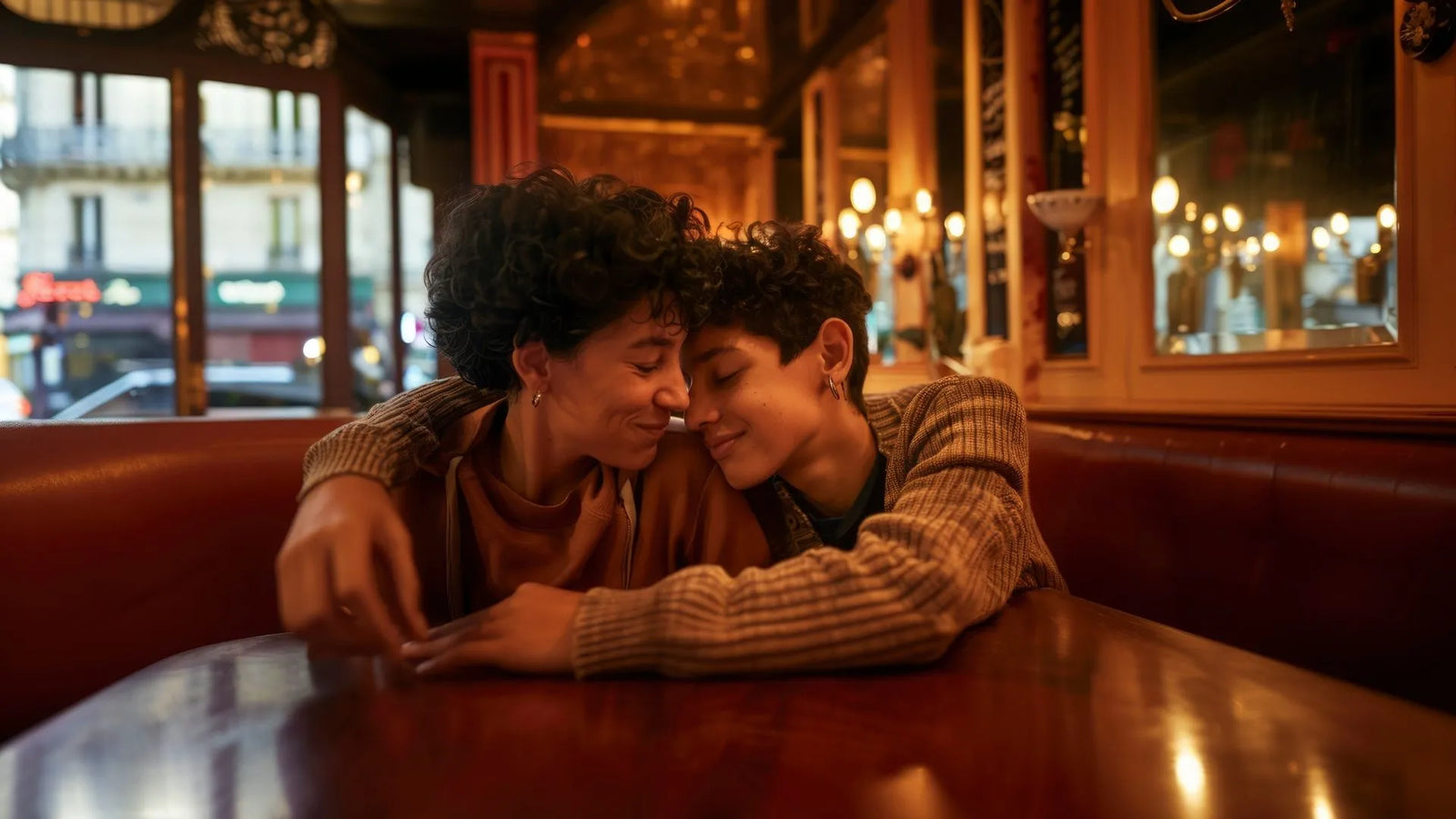What are the Key Differences Between Pansexuality and Bisexuality?

Hey there, lovebirds! Are you ready to dive into the world of sexual orientations and explore the differences between pansexuality and bisexuality? Well, you're in for a treat! We've got all the juicy details right here to help you navigate through this exciting topic. So, grab your partner's hand and let's get started!
Pansexual Definition
First things first, let's talk about pansexuality. Pansexuality refers to being attracted to all people, regardless of their gender identity. It's like having a buffet of love and desire, where you appreciate the beauty in every individual. Pansexual individuals embrace the idea that love knows no boundaries and can be found in anyone, regardless of their gender.
Bisexual Definition
Now, let's move on to bisexuality. Bisexuality is being attracted to both men and women. It's like having a preference for a diverse menu of flavors. Bisexual individuals are capable of forming romantic and sexual connections with people of different genders. It's important to note that bisexuality does not imply equal attraction to all genders; it simply means being attracted to more than one gender.
Difference between the Two Terms
While pansexuality and bisexuality share some similarities, there are a few key differences to keep in mind. The main difference lies in the scope of attraction. Pansexual individuals are attracted to people of all genders, while bisexual individuals are attracted to both men and women, but not necessarily all other genders.
Another difference is that bisexuality acknowledges the existence of gender as a factor in attraction, whereas pansexuality emphasizes the idea that gender is not a determining factor. Pansexual individuals focus on a person's personality, emotions, and connection rather than their gender identity.
Types of Sexuality
Now that we've covered the basics, let's dive into the wonderful world of sexuality. Sexuality is a vast spectrum, and it's important to understand the different terms associated with it. Some common terms you might come across include:
- Heterosexuality: Attraction to the opposite gender.
- Homosexuality: Attraction to the same gender.
- Pansexuality: Attraction to all genders.
- Bisexuality: Attraction to both men and women.
- Polysexuality: Attraction to multiple genders.
- Omnisexuality: Attraction to all genders.
Remember, these terms are not rigid categories, but rather fluid spectrums that individuals can identify with based on their own experiences and attractions.
Different Romantic Orientations
Sexuality is not the only aspect that defines a person's identity. Romantic orientation also plays a significant role. Some common romantic orientations include:
- Heteroromantic: Romantic attraction to the opposite gender.
- Homoromantic: Romantic attraction to the same gender.
- Panromantic: Romantic attraction to all genders.
- Biromantic: Romantic attraction to both men and women.
- Polyromantic: Romantic attraction to multiple genders.
Understanding romantic orientations helps us recognize that attraction can manifest in various ways and is not solely based on sexual preferences.
Defining Sexuality
Defining your sexuality is a personal journey that requires self-reflection and exploration. It's essential to be open-minded and embrace your true desires and attractions. Remember, there is no right or wrong way to identify. The key is to listen to your heart and honor your authentic self.
How to Identify
Identifying your sexual orientation can be a liberating experience. Here are a few steps to help you along the way:
- Self-reflection: Take time to understand your feelings and attractions.
- Explore: Read, research, and connect with communities that share similar experiences.
- Seek support: Talk to trusted friends, family, or professionals who can provide guidance and support.
- Embrace your truth: Once you've gained clarity, embrace your identity and live authentically.
Frequently Asked Questions
1. Can you identify with more than one term?
Absolutely! Sexual orientation is a complex and multifaceted aspect of human identity. It's common for individuals to identify with multiple terms or find their identity evolving over time.
2. Can you switch later on?
Yes, sexual orientation can be fluid. It's perfectly valid to explore different labels and switch between them if your feelings and attractions change.
3. What if none of the terms feel right?
If none of the existing labels resonate with you, remember that your identity is unique and valid. You have the freedom to create your own terms or choose not to label yourself at all.
Takeaways
That's a wrap, lovebirds! We hope you've enjoyed this journey through the differences between pansexuality and bisexuality. Remember, love knows no boundaries, and embracing your true desires is a beautiful thing. If you're looking to add a touch of excitement to your romantic life, don't forget to check out Shararat's range of bedroom fashion, toys, and games. Spice things up and ignite the passion with a little help from Shararat. Until next time, stay curious, adventurous, and in love!


